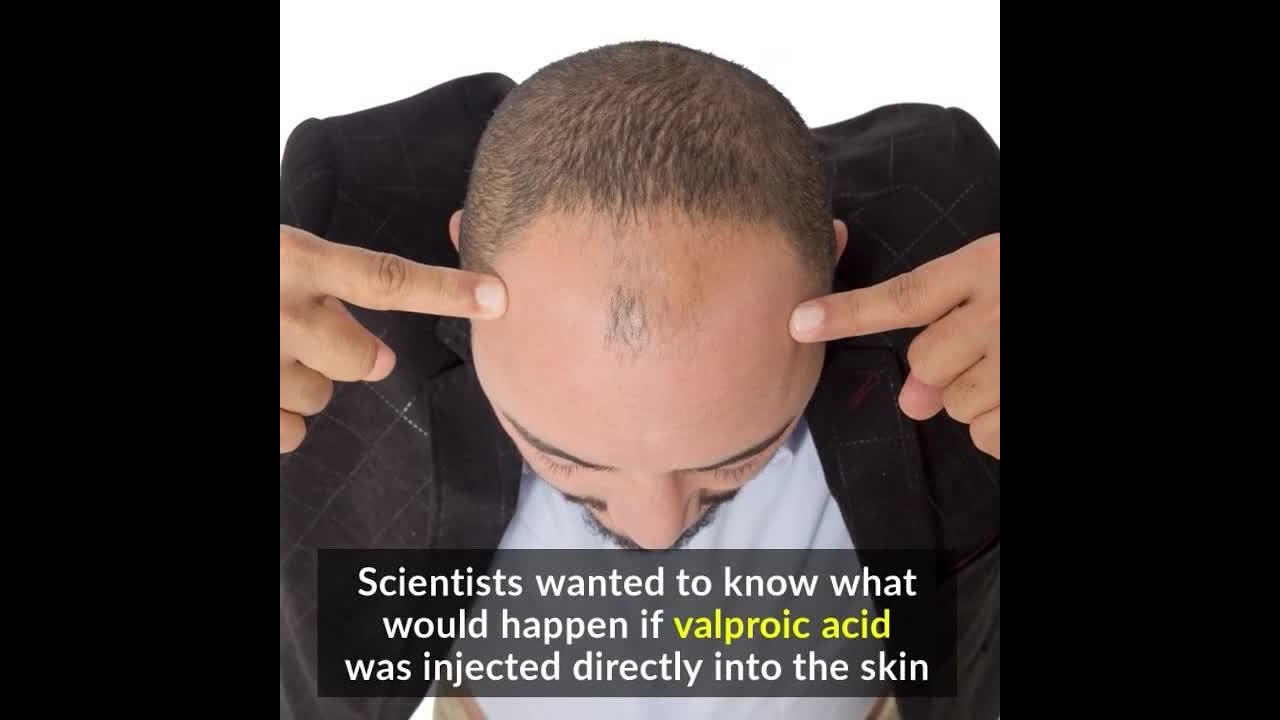
Currently, recipients of arm or leg transplants need to take immunosuppressive drugs for the rest of their lives, in order to keep the donated parts from being rejected. If we could grow our own replacement limbs, however, that wouldn’t be necessary. And while we do already possess the progenitor cells needed to grow such parts, what’s been lacking is a method of assembling them into the form of the desired limb. Now, however, scientists have created a shortcut of sorts – they’ve stripped the cells from one rat’s forelimb and replaced them with live cells from another rat, creating a functioning limb that the second rat’s immune system won’t reject.
Led by Dr. Harald Ott, a team at the Massachusetts General Hospital started by perfusing the donor limb with a detergent that stripped away all of its living cells. After the cellular debris was removed, all that remained was the empty non-living extracellular matrix that formerly contained the cells.
As this task was in process, progenitor cells from the recipient rat were being being grown in culture to produce muscle and vascular cells.
Once the limb was stripped of its original cells, it was placed in a nutrient solution-filled bioreactor and injected with the lab-grown cells – the muscle cells went into the individual muscle sheath sections of the matrix, while the vascular cells went into the main artery. After five days of being in the reactor, electric stimulation was applied to help the muscles grow. Two weeks later, upon being removed from the reactor, the limb was found to have functioning muscle cells in the muscle fibers and live vascular cells in the blood vessel walls.
When the muscles were activated using electrical stimulation, they were found to have 80 percent the strength of a newborn rat’s forelimb muscles. Additionally, when the limb was transplanted onto the recipient rat, its blood vessels soon filled with blood and became part of the circulatory system.
Ott and his team are now looking at ways of regrowing other limb tissues such as bone, cartilage and connective tissue. The regrowth of nerves should hopefully happen on its own. “In clinical limb transplantation, nerves do grow back into the graft, enabling both motion and sensation, and we have learned that this process is largely guided by the nerve matrix within the graft,” he says. “We hope in future work to show that the same will apply to bioartificial grafts.”
The decellularization technique utilized by the Massachusetts scientists, incidentally, has previously been used to create transplantable mouse hearts and rat kidneys. However, this is the first time that it’s been used for something more complex than an organ. The scientists have also decellularized a baboon forearm, indicating that the procedure could work on primates.
Via GizMag







